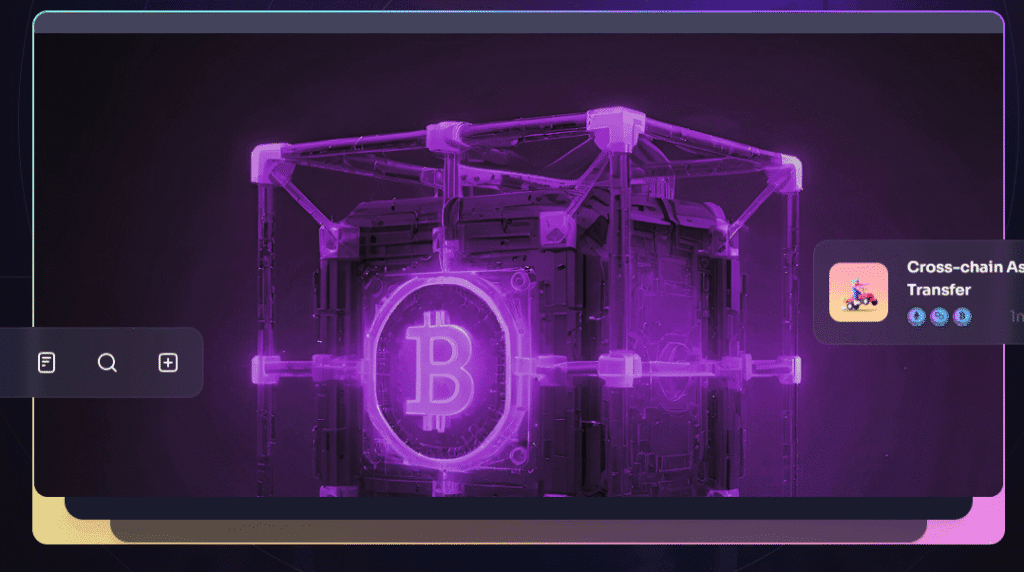Airouter Protocol Future of Decentralized Internet Routing

Introduction
Airouter Protocol The internet, as we know it, relies heavily on centralized routing systems controlled by Internet Service Providers (ISPs) and large corporations. This centralization introduces vulnerabilities—censorship, surveillance, and single points of failure. Airouter Protocol emerges as a groundbreaking solution, offering a decentralized, secure, and efficient alternative for internet and blockchain routing.
In this article, we will dive deep into how Airouter Protocol works, its key innovations, real-world applications, and why it could be a game-changer for the future of the internet.
The Problem with Traditional Internet Routing
Today’s internet routing depends on protocols like Border Gateway Protocol (BGP), which was designed in the 1980s. While functional, BGP has critical flaws:
- Centralization Risks – A few major ISPs control internet traffic, leading to censorship (e.g., government firewalls).
- Security Vulnerabilities – BGP hijacking attacks can redirect traffic maliciously.
- Inefficient Pathing – Routes are often suboptimal, increasing latency.
- Lack of Privacy – ISPs can monitor and log user data.
Airouter Protocol addresses these issues by decentralizing routing decisions, making the internet more open, secure, and efficient.
How Airouter Protocol Works: A Technical Breakdown
1. Decentralized Node Network
Instead of relying on ISPs, Airouter operates through a global network of independent nodes. These nodes can be run by anyone, similar to Bitcoin miners or Tor relays, but with economic incentives.
- Routing Nodes – Forward data packets efficiently.
- Validation Nodes – Ensure data integrity using consensus mechanisms.
- Gateway Nodes – Connect different networks (e.g., Ethereum to Solana).
2. AI-Optimized Dynamic Routing
Airouter uses machine learning algorithms to predict the fastest and most reliable paths for data transmission. Unlike BGP (which uses static routing tables), Airouter continuously adapts to network conditions, reducing latency and congestion.
3. Blockchain-Based Security
- Proof-of-Relay (PoR) – Nodes prove they correctly forwarded data before earning rewards.
- Zero-Knowledge Proofs (ZKPs) – Verify transactions without exposing sensitive data.
- End-to-End Encryption – Prevents eavesdropping and man-in-the-middle attacks.
4. Cross-Chain & Multi-Network Support
Airouter isn’t limited to just blockchain—it can route traffic for:
- DeFi protocols (cross-chain swaps with minimal slippage).
- IoT devices (smart homes, supply chain tracking).
- Traditional web traffic (decentralized VPNs).
Why Airouter Protocol Matters: Key Benefits
1. Censorship Resistance
Governments and corporations can’t easily block or manipulate traffic since there’s no central authority.
2. Enhanced Privacy
Unlike ISPs, Airouter nodes don’t log or monitor user activity.
3. Lower Latency & Better Performance
AI-driven routing ensures data takes the fastest path, improving speeds for streaming, gaming, and trading.
4. Incentivized Participation
Node operators earn rewards (likely in $AIR tokens) for maintaining the network, ensuring long-term sustainability.
5. Future-Proof Scalability
Designed to handle Web3, IoT, and metaverse traffic at scale.
Real-World Use Cases
1. Decentralized Finance (DeFi) & Cross-Chain Bridges
- Faster and cheaper cross-chain transactions.
- Reduces reliance on centralized bridges (which are often hacked).
2. Private Browsing & Decentralized VPNs
- Users can route traffic through Airouter nodes instead of centralized VPN providers.
- No logs, no tracking—true privacy.
3. IoT & Smart Cities
- Machines communicate directly without intermediaries.
- Useful for autonomous vehicles, smart grids, and supply chain tracking.
4. Metaverse & Gaming
- Low-latency routing improves real-time interactions in virtual worlds.
5. Decentralized Content Delivery (dCDN)
- Replaces traditional CDNs (like Cloudflare) with a P2P model.
Airouter Tokenomics & Governance
While full details aren’t public yet, we can expect:
- $AIR Token – Used for staking, fees, and governance.
- Staking Rewards – Node operators earn passive income.
- DAO Governance – Community-driven upgrades and policy changes.
Challenges & Competition
Potential Roadblocks
- Adoption – Competing with entrenched ISPs won’t be easy.
- Regulation – Some governments may resist decentralized routing.
- Network Effects – Needs a critical mass of nodes to outperform traditional systems.
How Airouter Stands Out
Unlike Tor (which is slow) or IPFS (which is storage-focused), Airouter is optimized for speed, scalability, and blockchain compatibility.
Future Roadmap & What’s Next
- 2024 – Testnet launches, early node deployments.
- 2025 – Mainnet release, DeFi integrations.
- 2026+ – Expansion into IoT, 5G, and enterprise adoption.
Conclusion: A New Era of Internet Freedom
Airouter Protocol isn’t just another blockchain project—it’s a fundamental rethinking of how the internet routes data. By removing centralized gatekeepers, enhancing privacy, and improving efficiency, Airouter could become the backbone of Web3, IoT, and a truly open internet.
The road ahead won’t be easy, but if successful, Airouter may one day be as essential as TCP/IP is today.
Want to get involved? Check out their official site: https://airouterprotocol.com/

